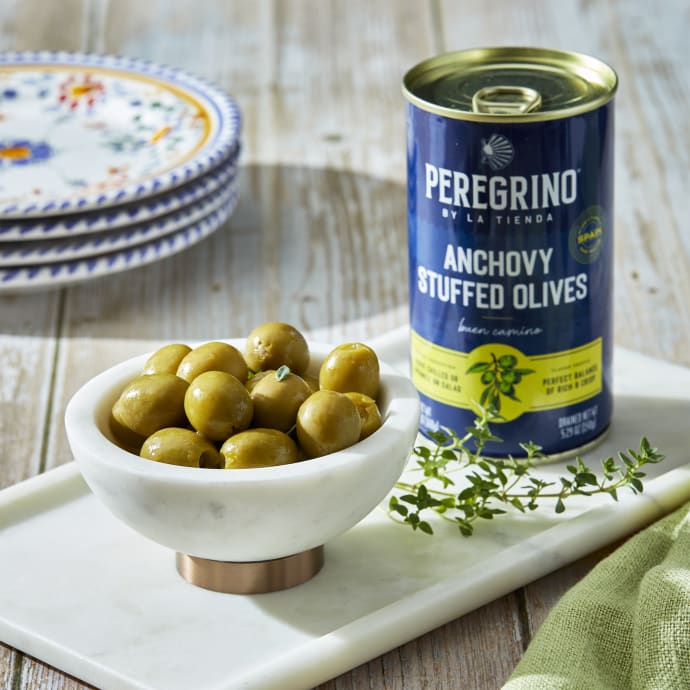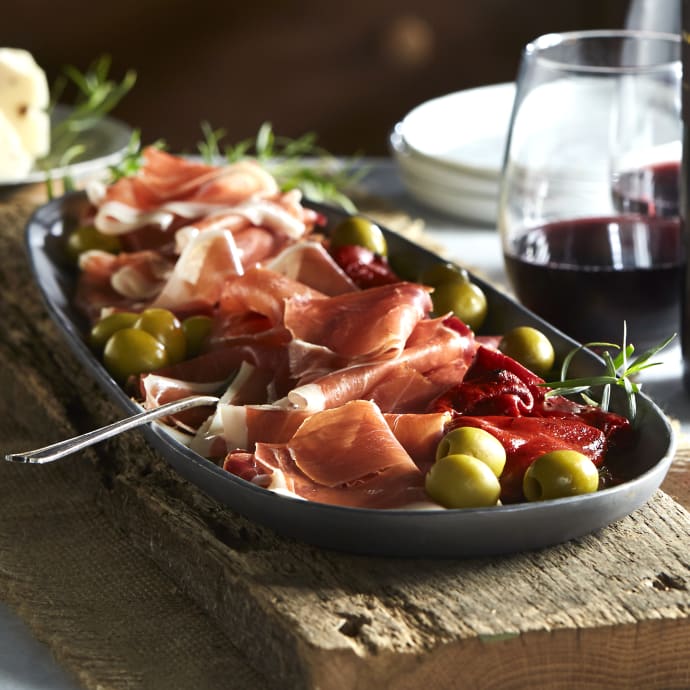Nate Solon
In this column I usually try to stick to topics that are straightforward and practical. Not this time.
There’s not much reason to blend peas and then reform the liquid puree into spherical ravioli, or whip blue cheese into a foam, or serve a cloud of gaseous lime juice — unless, like me, you find it unbelievably cool.
While you could argue that all cooking is essentially chemistry, a small number of chefs have taken this principal to its extreme conclusion, turning their kitchens into laboratories.
The movement’s acknowledged instigator is Ferran Adria, chef and owner of the restaurant El Bulli. Despite its location in the obscure, hard-to-reach town of Roses, Spain, Restaurant Magazine ranks El Bulli as the top restaurant in the world. It is open for only six months a year — the other six Adria and his staff spend developing new techniques and recipes. He is most famous for creating foam (exactly like it sounds: various foods and flavors served as foam), but he has also experimented with gels, emulsions, and gases.
Recently it’s become possible to attempt some of these techniques at home. Will Goldfarb, chef at Room 4 Dessert in New York, now sells “culinary essentials” like methylcellulose, agar agar and tapioca maltodextrin online at willpowder.com. Adria himself has introduced a line of products called Texturas for replicating the dishes he serves in his restaurant. They are available online at La Tienda www.tienda.com.
Is it safe? Since many restaurants now use these techniques (and almost all of the chemicals involved are used in commercial food preparation as well), it seems unlikely that eating any of this stuff will hurt you. If you buy them from another source, make sure the chemicals are marked food safe. This ensures that they contain no harmful contaminants.
Over winter break I tried my hand at spherification, a process whereby liquids are manipulated to hold a roughly spherical shape. This involves two chemicals, sodium alginate and calcium chloride, which combine to form a thin gel around the liquid. The basic method is to combine your liquid of choice with the sodium alginate and then either spoon or syringe it into a bath of calcium chloride solution. After a minute or so, you fish out the newly formed orb and rinse it in water. It’s then ready to serve.
The Texturas website offers some good hints for navigating the process. It recommends combining the sodium alginate and liquid with a handheld blender, then letting it rest for an hour to allow the bubbles to dissipate. It also notes that the reaction will not work at a pH of less than four, so if your liquid is acidic (for example, fruit juice), you may have to break out those test strips from high school and adjust the acidity if necessary. The preferred substance for this is calcium citrate, also available online.
My own attempt yielded mixed results. While Adria’s creations are described as melt-in-your-mouth, completely liquid once ingested, mine had a distinct gel-like coating. I think I may have used too much sodium alginate.
And then there’s the matter of convincing your guests to try your creations. My mom’s response when I presented her with a tea sphere perched in a spoon was, “What do you do with it?”
Tea Ravioli
Adapted from Texturas
420 g sweetened tea
1.5 g sodium alginate
3.25 g calcium chloride
Blend the sodium alginate with 75 g water. Mix with the tea and let stand until air bubbles dissipate. Dissolve the calcium chloride in 500 g water. Gently tip a spoonful of the tea mixture into the calcium chloride solution and let sit for 30 seconds. Spoon out and quickly dip in water before serving.


 BEST SELLER
BEST SELLER BEST SELLER
BEST SELLER SHIPS FREE
SHIPS FREE



